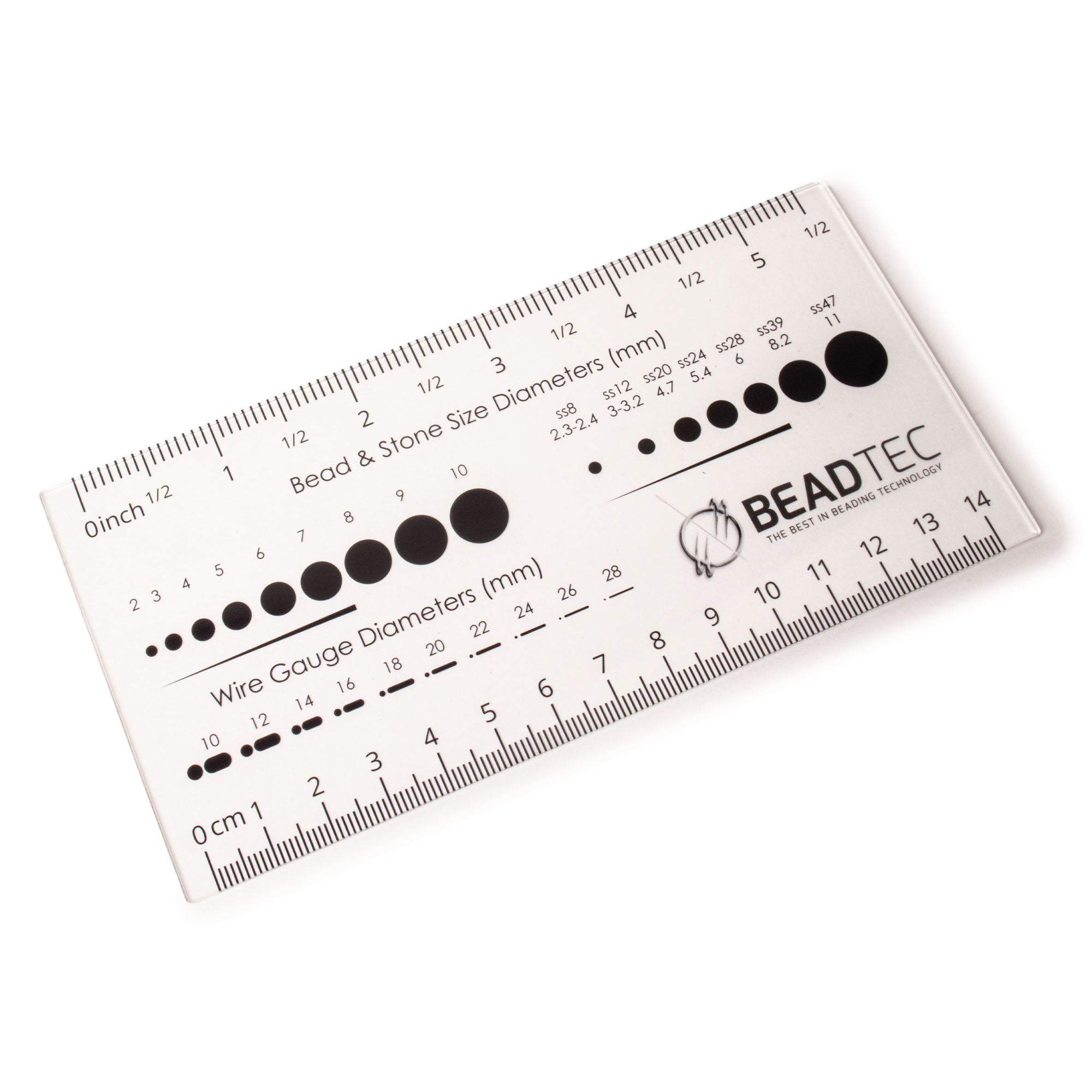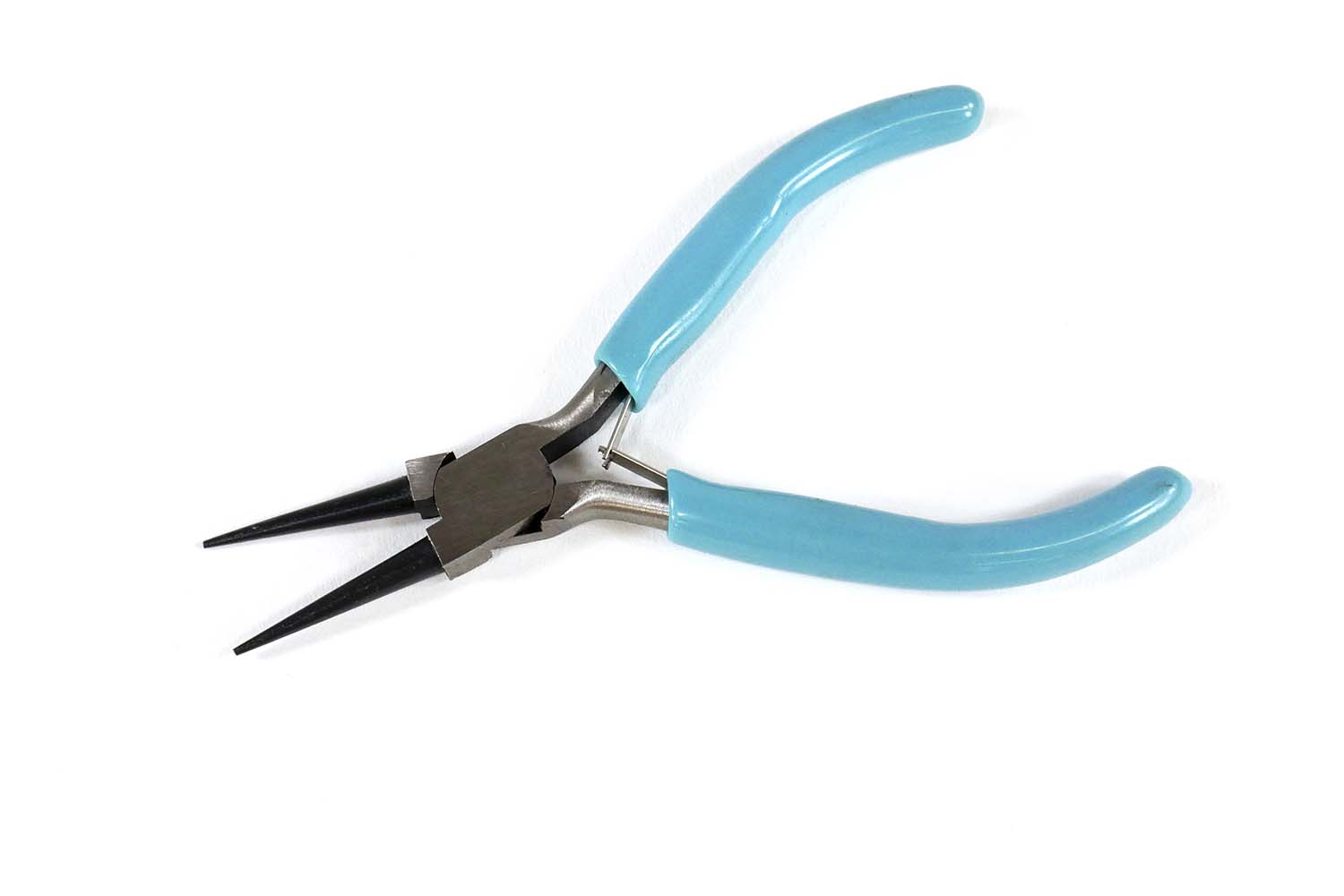- Jewelry-Making Supplies ▾
Design Jewelry with Confidence!
Seed Beads
Thread, Wire, & Stringing Materials
Athenacast Findings & Components
Everything Else
- Kits & Collections ▾
Assemble Your World
Kits & Collections
- Subscriptions ▾
Want monthly Beading Happiness?
Subscriptions
- Learn to Make ▾
Want to learn more?
- Discounts & Deals ▾
Explore Today's Promotions!
-
Seed Beads
Thread, Wire, & Stringing Materials
Findings & Components
Everything Else
-
Kits & Collections
-
Subscriptions
- Home
- How to Make Jewelry
- Better Beader Episodes
- How to use Permalac
How to use Permalac
Watch the Video Tutorial
Watch the Video Tutorial
Need Any Extra Materials?
Need Any Extra Materials?
Need Any Extra Materials?
Need Any Extra Materials?
Episode Transcript
Episode Transcript
Introduction
In this Better Beader episode from Potomac Beads, Allie delves into the world of Permalac, a versatile sealant that can enhance and protect your beading projects. Whether you're looking to add a glossy finish, prevent tarnishing, or seal in patinas, Permalac is a valuable tool to have in your beading arsenal. In this article, we'll provide a step-by-step guide on how to use Permalac effectively, based on the insights shared in the episode.
Materials Needed
- Permalac spray
- Beaded jewelry pieces or components
- Disposable gloves
- Protective mask
- Well-ventilated area or outdoors setting
- Soft cloth or paper towel
Step-by-Step Tutorial
- Before using Permalac, ensure you are in a well-ventilated area or outdoors, as the fumes can be strong. Put on disposable gloves and a protective mask to avoid inhaling the spray.
- Shake the Permalac can well before use to ensure the contents are evenly mixed.
- Hold the can about 6-8 inches away from your jewelry piece and apply a light, even coat of Permalac. Be careful not to oversaturate the piece, as this can lead to drips or an uneven finish.
- Allow the first coat of Permalac to dry completely before applying additional coats. Drying time may vary depending on humidity and temperature, but generally, wait at least 15-20 minutes between coats.
- Apply a second coat of Permalac using the same technique as the first coat. Two coats are usually sufficient for most projects, but you can add a third coat for extra protection or shine.
- Once you've applied the final coat, allow the piece to dry completely for several hours or overnight before handling or wearing it.
- If you notice any drips or uneven spots after the Permalac has dried, you can gently buff them out using a soft cloth or paper towel.
Customization Ideas & Inspiration
Permalac is a clear sealant that won't alter the color of your beads or components, so feel free to use it on a wide variety of projects. It's particularly useful for sealing in patinas on metal components, preventing tarnishing on silver or copper pieces, or adding a glossy finish to matte beads.
Experiment with using Permalac on different materials, such as wood, polymer clay, or even paper beads, to see how it enhances their appearance and durability. You can also layer Permalac with other finishes, like paint or glitter, to create unique effects.
Conclusion
Using Permalac is a simple yet effective way to protect and enhance your beading projects. By following the steps outlined in this tutorial, you'll be able to achieve a professional-looking finish that will help your jewelry pieces last longer and look their best. Don't be afraid to experiment with different applications and techniques to find what works best for your unique style and projects.
If you have any questions or want to share your own experiences with using Permalac, feel free to leave a comment below. And be sure to check out other Better Beader episodes from Potomac Beads for more helpful tips, tricks, and inspiration for your beading journey!
Join Our Growing Community
Join Our Growing Community




Our Testimonials
Our Testimonials
Only Visible on Admin Mode
Item Description
Designer's Material List
Project Steps
Highest Quality
Products
100% Money
Back Guarantee
Fast
Shipping
Best Teaching &
Customer Service
You'll want these emails...
Get Free Projects & Inspiration
Get Free Projects & Inspiration
- Bullet 1
- Bullet 2
- Bullet 3
Copyright © PotomacBeads









